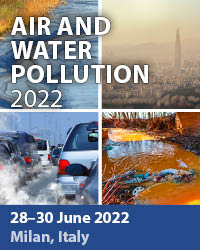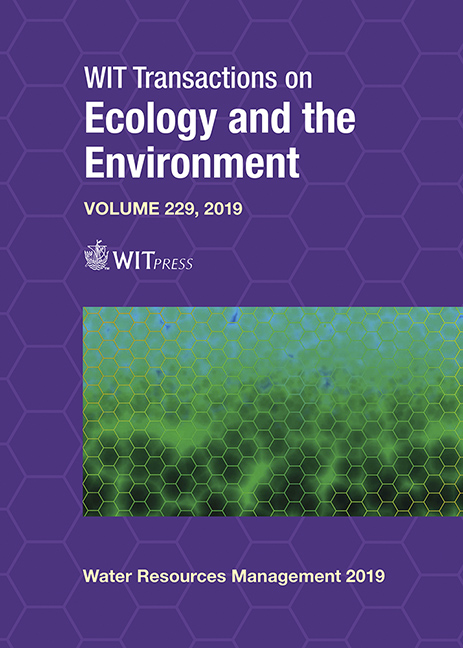ASSESSING GROUNDWATER RECHARGE IN TWO SITES WITH DIFFERENT CLIMATES IN THE ALICANTE REGION OF SOUTH-EAST SPAIN
Price
Free (open access)
Transaction
Volume
229
Pages
11
Page Range
117 - 127
Published
2019
Paper DOI
10.2495/WRM190121
Copyright
WIT Press
Author(s)
MIGUEL FERNÁNDEZ-MEJUTO, JOSÉ MIGUEL ANDREU, CONCEPCIÓN PLA, JAVIER VALDÉS-ABELLÁN
Abstract
The province of Alicante is mainly occupied by rocks of carbonated nature. This implies that most of the provincial groundwater resources are located in aquifers of karstic nature. Due to the geological characteristics of the area, these aquifer systems show a wide variety of lithologies, rock ages and reservoir geometry (both in extension and thickness). In addition, these aquifers are distributed in a region with an important rainfall gradient between the north, with recorded average annual rainfall of about 900 mm, and the south, with averages of about only 300 mm. Thus, there is a strong contrast in terms of underground resources, more abundant towards the north of the province. In this study, two aquifers have been selected to stablish the influence of the climate regime and of karstic development on their recharge processes, and therefore in their resources. Both are of small dimensions, well monitored and have a similar hydrogeological behavior. The main objective has been to estimate the recharge in each of them and to evaluate to what extent climate and soil affects this variable. To achieve it, a soil water balance model, called RENATA, has been used. The two aquifers selected are the aquifer of Ventós-Castellar, located in one of the most arid areas of the province where average annual rainfall is around 300 mm, and the Mela aquifer, located in a more humid environment with an average annual rainfall around 600 mm.
Keywords
soil water budget, karstic aquifer, recharge, RENATA model, Ventós-Castellar, Mela, Alicante





